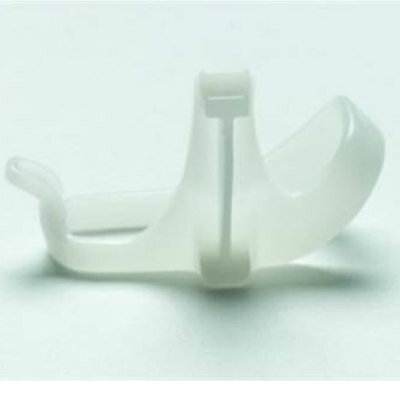Elderly Patients with Bone Metastases Benefit from Palliative Radiotherapy
By MedImaging International staff writers
Posted on 13 May 2013
According to a Dutch researcher, giving administering radiotherapy to older patients with painful bone metastases can significantly improve their quality of life.Posted on 13 May 2013
The study’s findings were presented April 2013, in Geneva (Switzerland) at the 2nd Forum of the European Society for Radiotherapy and Oncology (ESTRO). With the number of elderly patients who suffer from metastatic disease on the increase due to the ageing of the population and the ability to prolong the palliative phase of cancers, this discovery has important implications for clinical practice, said Dr. Paulien Westhoff, from the department of radiotherapy at the University Medical Center Utrecht (The Netherlands).
Working with Dr. Yvette van der Linden and colleagues, Dr. Westhoff extrapolated the new findings from the Dutch Bone Metastases study, the world’s largest randomized trial examining the effectiveness of different radiotherapy fractionation schedules on the treatment of pain arising from bone metastases. The researchers assessed a subset of 227 elderly patients aged 75 and over and compared them with younger patients. Although at the beginning of the trial these patients had more physical activity impairment than younger patients, they did not rate their overall quality of life as substandard, and they demonstrated a positive response to one fraction of radiotherapy.
“The patients filled out extensive questionnaires on pain and quality of life at regular intervals,” said Dr. Westhoff. “Although we knew already that a single fraction of 8 Gy was effective in treating bone pain across the board, we were unsure as to its precise effect in the elderly, and we were pleased to be able to show that this treatment is effective in all age groups. Even though the elderly group responded slightly less well than the others to the treatment, their response was sufficient to justify the use of palliative radiotherapy in these patients.”
Reasons why the elderly group responded less well to the treatment may be related to their poorer performance status when they joined the trial and the higher percentage of male patients, who were more likely to have prostate cancer. Women were more likely to have breast cancer, which often responds better to treatment than lung or prostate cancer.
The three main groups of primary tumors in the patients studied were breast (39%), prostate (23%), and lung cancers (25%). The remaining 13% comprised a range of primary tumors, such as bladder cancer, rectal cancer, and esophageal cancer. The group was made up 54% men and 46% women. “We saw that the type of primary tumor had an effect on the response to treatment,” said Dr. Westhoff. “For example, patients with lung cancer had less chance of response than those with breast or prostate cancer. We believe that this variety in response is due to the aggressiveness of the disease and the limited ability to treat it with systemic agents.”
“Bone metastases can profoundly disrupt a patient’s life, particularly when, as is the case with many elderly, they already have other health problems. Strategies for minimizing their effect are vital to improving quality of life,” Dr. Westhoff said. “Radiotherapy departments across The Netherlands are trying to set up a prospective database to follow up the effectiveness of a number of palliative treatments. Following these encouraging results in the elderly, we intend to focus on this age group in the future,” she concluded.
President of ESTRO, Prof. Vincenzo Valentini, a radiation oncologist at the Policlinico Universitario A. Gemelli, Rome (Italy), said, “We know that the pain relief from a single fraction of radiotherapy can reduce patients’ morphine consumption. Though morphine is an important drug in the control of tumor pain, it has side effects such as nausea, constipation, and grogginess, which compromise seriously patients’ quality of life. This simple pain control strategy allows the morphine dose to be minimized, and also improves quality of life.”
Related Links:
University Medical Centre Utrecht














